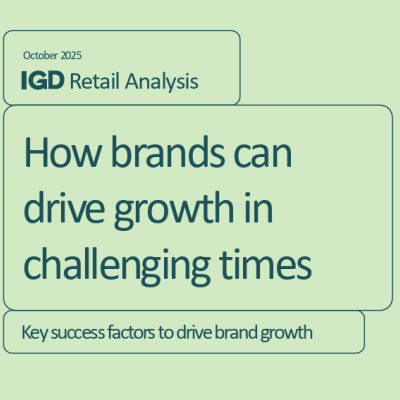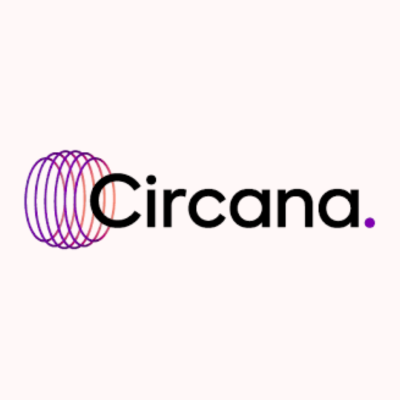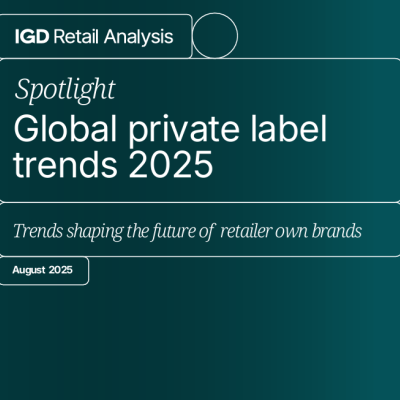More than half of global consumers (53 per cent) are buying private label products more frequently than ever, according to IGD’s latest report, How brands can drive growth in challenging times. The report highlights how rising competition and changing shopper behaviours are reshaping the brand landscape.
Private labels have widened the price gap, reaching 86 per cent in 2025, while improved design and features are blurring the distinction between branded and own label products. Brands are also contending with diluted share of voice and increased category switching, making it more challenging to maintain sales volume.
At the latest PLMA Lunch & Learn session, IGD’s Sneha Haria defined these trends as drivers of private label evolution in the future:
- Staying on-trend: Shoppers are seeking seasonal, globally inspired, and limited-edition products. It is crucial to balance speed and innovation with operational possibilities.
- Cross-collaboration: Strategic partnerships can help suppliers to differentiate and grow. These collaborations can strengthen retailer relationships and support long-term category development.
- Responsible shopping: Private labels should showcase their health and sustainability credentials to stay relevant to shoppers and help retailers hit their health and sustainability targets.
- Beyond food: Private labels must find the sweet spot between quality and price to encourage shoppers to switch from long-established national brands.










